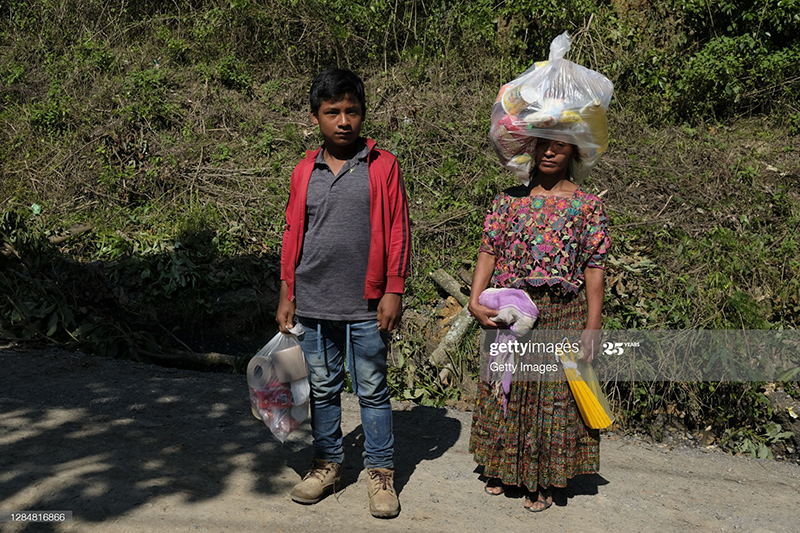By Sofia Menchu and Gustavo Palencia
GUATEMALA CITY, Guatemala, Mon. Nov 16, 2020 (Reuters) – Hurricane Iota is rapidly gathering strength as it barrels toward Central America, a region still recovering from the devastation of Hurricane Eta, and experts predict this year’s unprecedented storm season will force more people to migrate.
Iota is a category 4 hurricane on the Saffir-Simpson Hurricane Wind
Scale. Iota could be a catastrophic category 5 hurricane when it
approaches Central America tonight, and rapid weakening is expected
after landfall.
A westward to west-northwestward motion is forecast through landfall.
After landfall, a westward to west-southwestward motion is expected.
On the forecast track, the core of Iota will make landfall within
the hurricane warning area in northeastern Nicaragua and eastern
Honduras tonight, and will dissipate over central America by
midweek.
Data from NOAA satellites indicate that maximum sustained winds
have increased to near 155 mph (245 km/h) with higher gusts.
“The hurricane is expected to bring potentially catastrophic winds, a life-threatening storm surge, and extreme rainfall impacts to Central America,” the NHC warned.
Authorities are warning that Hurricane Iota could exacerbate the massive destruction wrought by Hurricane Eta, which slammed into the region two weeks ago, causing flooding and mudslides that destroyed crops and killed scores of people across a huge swath from Panama to southern Mexico.
The unprecedented 2020 hurricane season comes as Central America is facing an economic crisis linked to the coronavirus pandemic, with experts warning the compounding hardship could fuel a new round of migration from the region.
“Increased movements across borders are now more likely, including of people fleeing violence and persecution,” said Giovanni Bassu, the regional representative for Central America and Cuba for the United Nations Refugee Agency (UNHCR), in a statement on Friday.
The UNHCR said that climate change is increasing the intensity of both rain and droughts across Central America, and that “such phenomena can exacerbate poverty and conditions of insecurity which continue to drive people to flee their communities.”
Last week, Guatemala requested that the United States allow its nationals in the U.S. to remain there on humanitarian grounds following Eta, under a provision known as temporary protected status, or TPS.
Evacuations are already under way in Honduras, Guatemala and Nicaragua in areas expected to be affected by Iota, which is slated to smash into the jungles of the Mosquito Coast of Nicaragua and Honduras on Monday.
In Honduras, Douglas Espinal, head of the fire department of Puerto Lempira on the Mosquito Coast, told Reuters that evacuees have been arriving since early Saturday, traveling from the region’s remote peninsulas.
“People are coming from the coastal areas, but only those who have a boat or a canoe. The rest are staying in their communities,” he said.
Espinal said Puerto Lempira has run out of fuel since deliveries were suspended following Hurricane Eta, making it impossible for the fire department to carry out a more extensive evacuation plan.
Puerto Lempira is the largest municipality in the Honduran department of Gracias a Dios, a remote region accessible only by air, sea or by traversing its internal rivers. With just over 100,000 residents, according to the National Institute of Statistics, the area is home to a number of indigenous communities, including Miskitos, Garifunas, Pech and Tawhakas.
Puerto Lempira is still recovering from massive flooding sparked by Eta that caused property damage and crop losses.
In Nicaragua, authorities said evacuations are also underway in the indigenous and fishing communities on the Mosquito Coast.
(Reporting by Sofia Menchu in Guatemala City, Gustavo Palencia in Tegucigalpa; Additional reporting by Elida Moreno in Panama City, Nelson Rentería in San Salvador, Álvaro Murillo in San José and Ismael Lopez; Writing by Laura Gottesdiener; Editing by Bill Berkrot and Leslie Adler)










